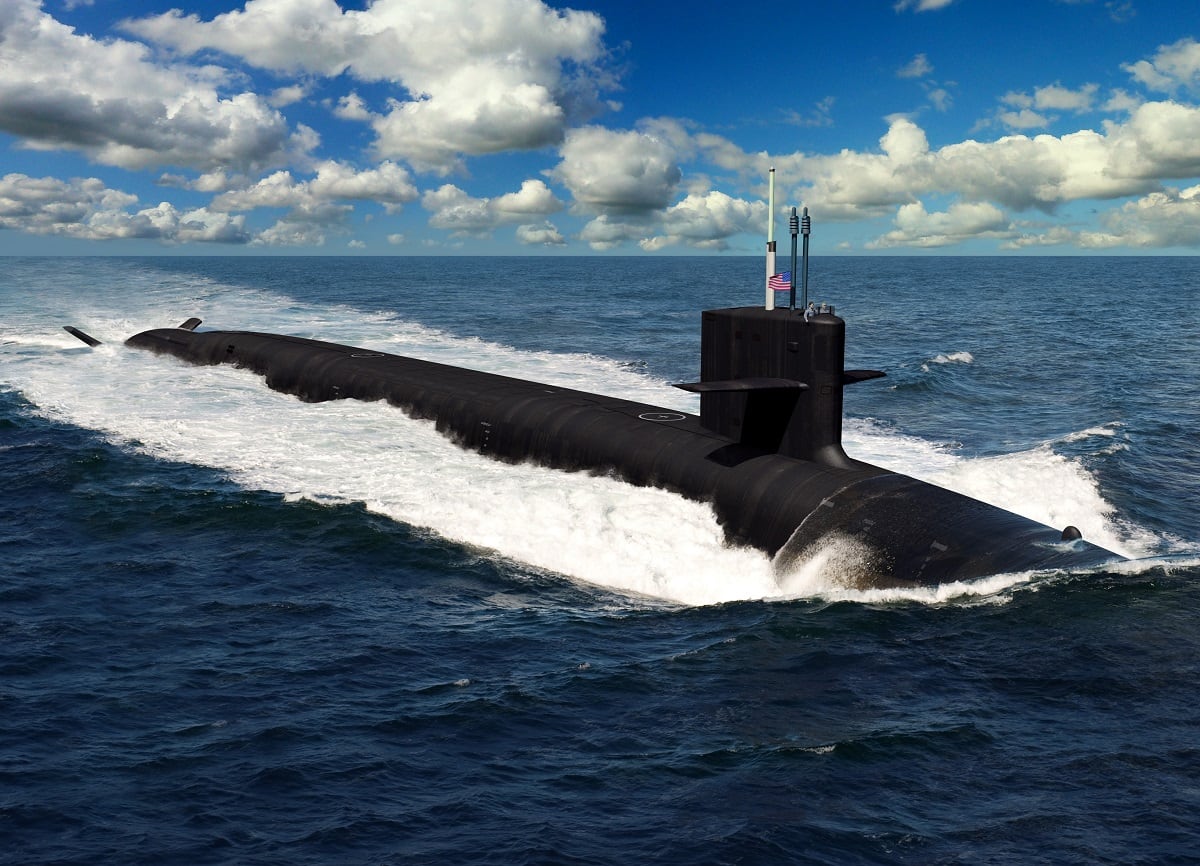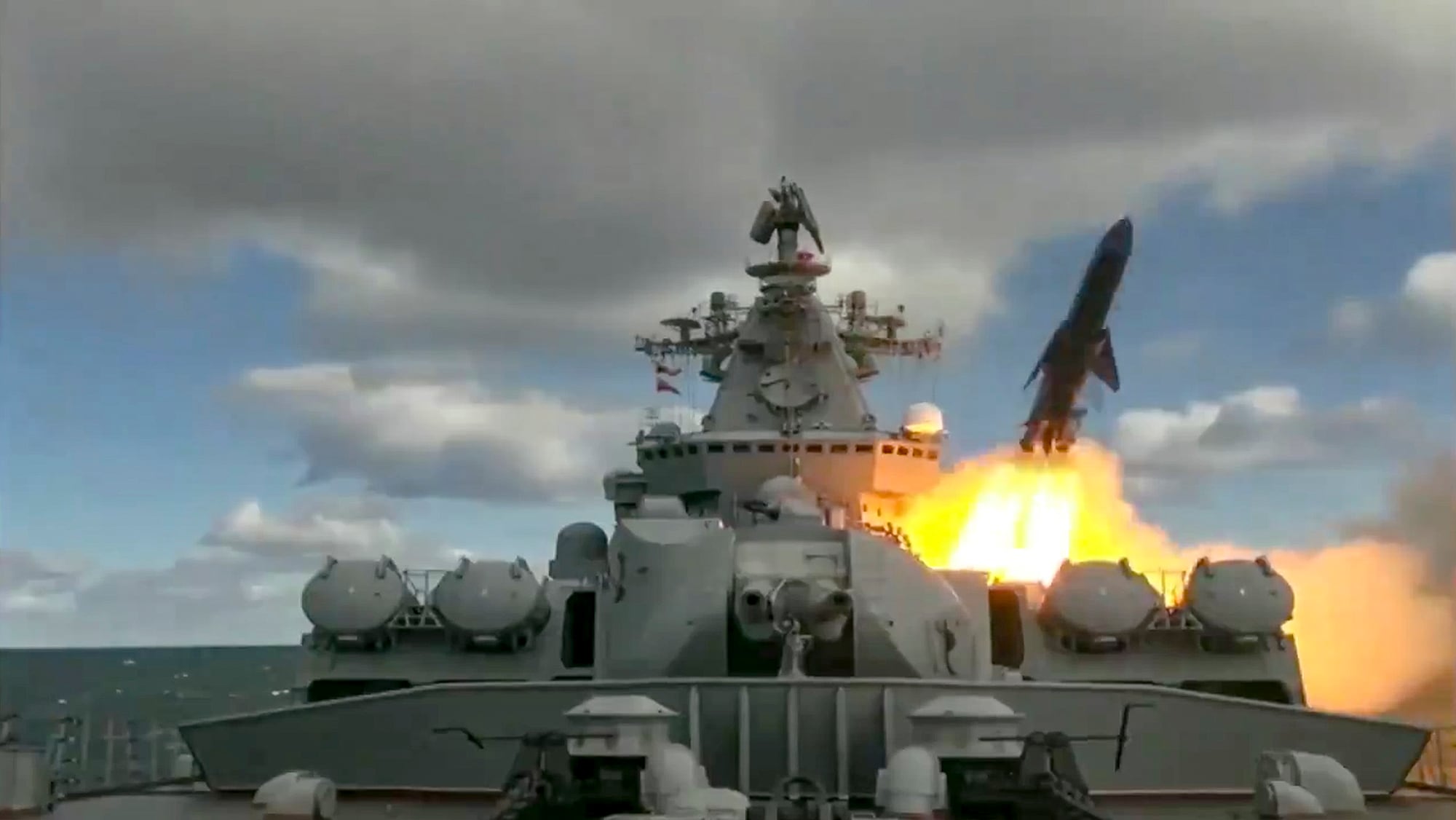LONDON — Warships and aircraft from Britain, Denmark, Norway and the U.S. have completed an exercise aimed at demonstrating freedom of navigation in the High North, the British Ministry of Defence announced Sept 10.
The Royal Navy Type 23 frigate HMS Sutherland led the Norwegian frigate Thor Heyerdahl and the U.S. Navy destroyer Ross in an exercise to the Barents Sea which started earlier this week and is now completed.
The naval task force also included the British oiler RFA Tidespring.
It’s the first time the Royal Navy has led a multinational task group in the High North region in more than 20 years, and the move is part of a growing British effort in the region.
In March the British were a major contributor to exercise Cold Response 2020 with naval, land and helicopter units, second only in their contribution to the Norwegians.
That was followed in May by the Royal Navy revisiting the region in tandem with the U.S. Navy.
High North News, an independent newspaper published by Nord University in Norway, said it was the first time since the 1980s the British and U.S. naval units had operated together in the region.
Norway did not participate in the naval exercise conducted in May.
Quoting senior researcher Julie Wilhelmsen of the Norwegian Institute of International Affairs, High North News said Norway now wants to assert its defense capacity in the High North.
“Many pointed out that Norway did not participate in the American-British exercise last May. … Through participating in this exercise, Norway sends a signal. It somehow deflects the impression that this is all about big power rivalry between the USA and Russia. This is also about Norway’s ability to defend itself,” Wilhelmsen said.
RELATED

“It is important for Norway to mark that it is not just the USA’s prolonged arm, as is often claimed by Russian authorities. This is actually about the defense of Norway’s neighborhood too,” she said.
The latest deployment comes as both NATO and Russia ramp up military activities in a region which is gaining in importance as global warming opens up new trade routes in areas previously restricted for commercial shipping.
In a statement the British Ministry of Defence said the High North is “witnessing a change in its security environment and represents a key area of interest for the UK. Recent Russian attempts to control freedom of access and navigation in the region are of concern to the UK and our partners.”
British Defense Secretary Ben Wallace said it was “vital to preserve freedom of navigation when melting ice caps are creating new shipping lanes and increasing the risk of states looking to militarize and monopolize international borders.”
RELATED

In total, more than 1,200 military personnel from four nations took part in the exercise, supported by U.S. P-8 Poseidon and Danish Challenger maritime patrol aircraft along with Royal Air Force Typhoons combat jets and an RAF Voyager refueling tankeraircraft.
It’s the first time the British have operated Typhoons in the High North region.
Norwegian Minister of Defence, Frank Bakke-Jensen said the exercise was part of a wider effort to bolster NATO’s defense in the region.
“Flights, operations at sea, and exercises are important contributions to Norwegian and European security as part of a larger cooperation on the defense of the alliance. In order for allied forces to reinforce the defense of NATO’s northern part, they need to have the knowledge to operate there,” he said.
Andrew Chuter is the United Kingdom correspondent for Defense News.






